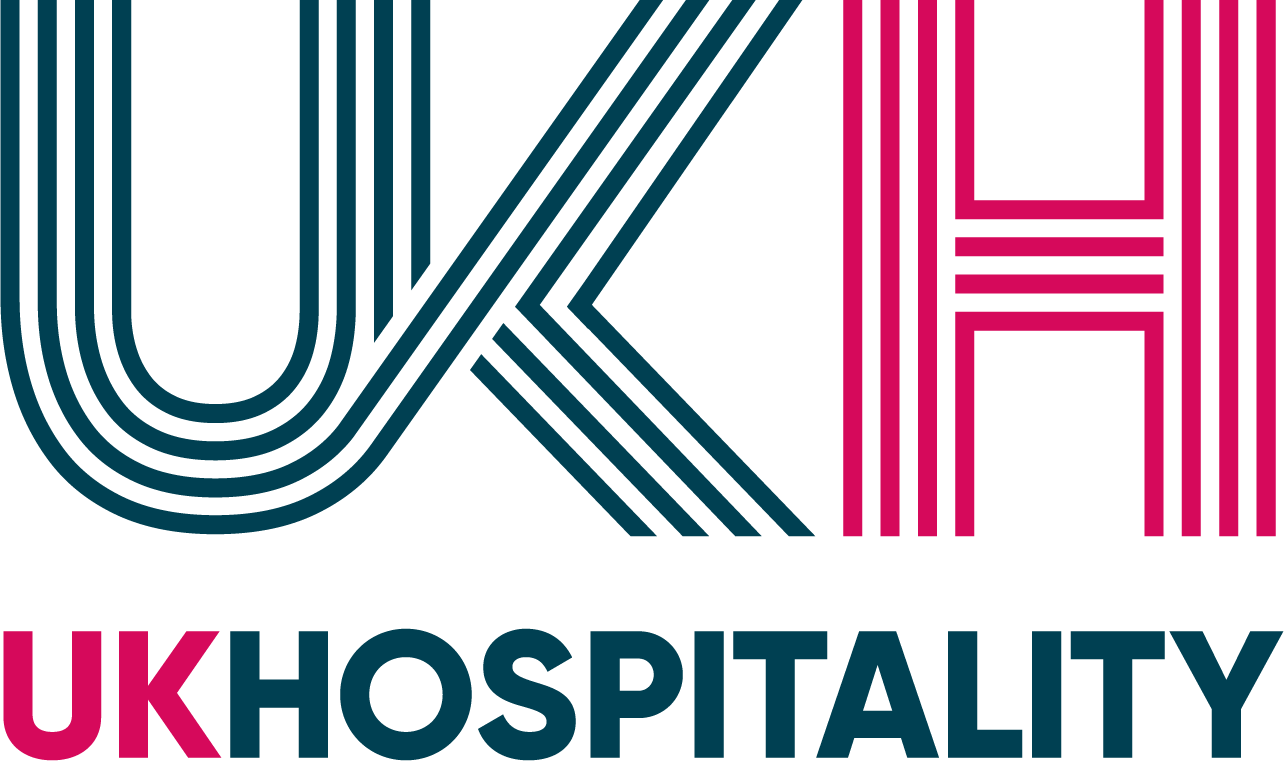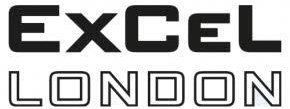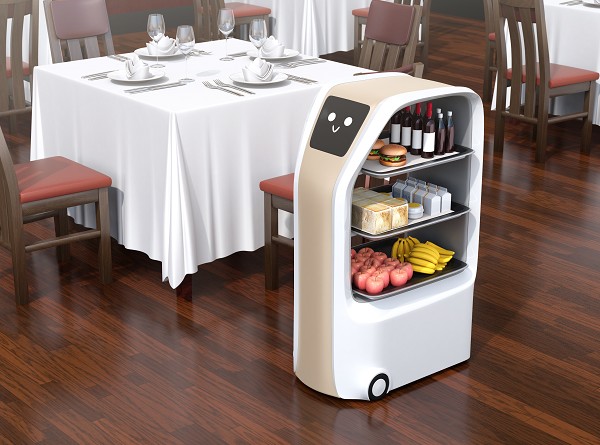Investing in Restaurant Automation Technology in 2022 and Beyond
No matter how times change or what trends may come and go, going out to eat will remain a timeless pastime among people, all around the globe. According to research by CGA strategy, despite the rapid spread of the Omicron coronavirus variant, more than 70% of the surveyed expressed confidence in eating and drinking out. People coming to your restaurant, sitting down at a table and 'waiting' for someone to attend to their requests tend to be a refreshing experience for customers. The question is how much have you invested just up to that point in your restaurant operations/processes? Do you think such investments are worth it now or in the future? If not, what other options can you implement? This is where Restaurant Automation Technology comes in.
Market analysts at WITMEG concluded that, in the latter part of 2021 and at the beginning of 2022, more than 80% of their existing clients requested customised kitchen automation solutions as a part of their POS system. While such services were already offered by WITMEG, they witnessed a rapid increase in specific customisation requests which turned out to be one of the most sought-after post-pandemic business trends.
What is Automation?
Automation can be described as the creation and application of a wide range of technologies to reduce human interaction in processes. In a restaurant context, it is the process of adopting technologies to reduce human labour through the use of software and hardware that can automate, track and enhance performance.
Taking the various market trends into consideration, 91% of restaurateurs have expressed their understanding of the need to invest in kitchen automation in 2021, and that percentage has only grown in number during 2022.
Self-ordering will take the centre-stage
No matter how rewarding the experience of dining out can be, waiting in line or waiting until someone comes to the table to take an order can be tiresome for some customers. With the Covid virus also still in swing, customers tend to avoid face-to-face contact and long queues. The rolling out of self-order kiosks and tablets has seen mass adoption to give consumers more choice. According to IndustryARC, the global self-service kiosk market is to surpass a whopping $35.8 billion mark by 2026, with a compound annual growth rate of more than 6.4% (forecast period: 2021-2026), giving the centre-stage of restaurant automation to self-order kiosks.
Maximum benefits from the back-of-house tech
Think about it, when a restaurant is well-equipped with state-of-the-art front-end automation systems to give customers a satisfying experience, what will happen if the back of the house cannot pick up their pace? Hence, back-of-house tech is just as important as any of the other automation systems, and Kitchen Display Systems take the lead in such a context. A KDS can diminish paper tickets and kitchen printers. By spending virtually no time at all for the kitchen staff to receive orders, being eco-friendly since no papers are required, with the ability to update the status of orders in real-time from the kitchen, restaurants are able to make the customer waiting time even less.
Fueled-up automation with machine learning
As the demand for diversified dine-in requirements of customers is on a constant rise, restaurants need to maintain an uninterrupted process to provide the optimal supply levels for their clients. Even though adopting machine learning and AI tech integrations can seem costly at the initial stage, the benefit it brings can give a growth spurt for restaurants of all shapes and sizes, period. For example, AI can help restaurants predict their stock requirements by analysing customer buying patterns, reorder levels and existing stock counts.
Contactless ordering with QR codes
The spread of the Covid-19 pandemic ushered an instantaneous, global spread of using QR codes in almost all the industries around the world, but the restaurant industry seems to have a lasting effect and an advantage from using QR codes. Since many customers were hesitant to touch reusable menus and single-use menus generated unnecessary waste, adapting digital menus and payment options with QR codes became a solution that is expected to stay in the industry for years. According to Restaurant Dive, 88% of restaurants are considering replacing physical menus with digital ones, while 33% of the restaurant owners have accepted that QR codes have enhanced their business.
A majority of restaurant owners who already use WITMEG’s POS system attest to more than half of their success stories to the rollout of restaurant automation systems and two-thirds of new clients customised restaurant automation solutions as their main criteria.
In conclusion, restaurant automation systems would not only help increase a restaurant’s operational efficiency, it will also increase an organisation’s bottom line and increase profits. Therefore, why wait to adapt to the change?







